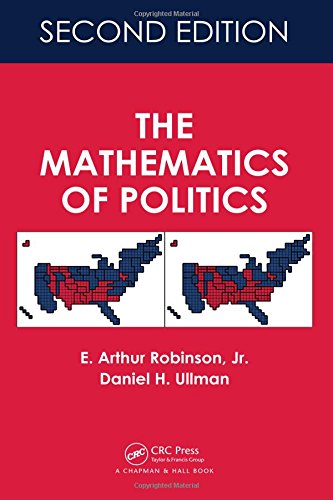

Most ebook files are in PDF format, so you can easily read them using various software such as Foxit Reader or directly on the Google Chrome browser.
Some ebook files are released by publishers in other formats such as .awz, .mobi, .epub, .fb2, etc. You may need to install specific software to read these formats on mobile/PC, such as Calibre.
Please read the tutorial at this link. https://ebooknice.com/page/post?id=faq
We offer FREE conversion to the popular formats you request; however, this may take some time. Therefore, right after payment, please email us, and we will try to provide the service as quickly as possible.
For some exceptional file formats or broken links (if any), please refrain from opening any disputes. Instead, email us first, and we will try to assist within a maximum of 6 hours.
EbookNice Team

Status:
Available5.0
30 reviewsIt is because mathematics is often misunderstood, it is commonly
believed it has nothing to say about politics. The high school
experience with mathematics, for so many the lasting impression
of the subject, suggests that mathematics is the study of numbers,
operations, formulas, and manipulations of symbols. Those
believing this is the extent of mathematics might conclude
mathematics has no relevance to politics. This book counters this impression.
The second edition of this popular book focuses on mathematical reasoning
about politics. In the search for ideal ways to make certain kinds
of decisions, a lot of wasted effort can be averted if mathematics can determine that
finding such an ideal is actually impossible in the first place.
In the first three parts of this book, we address the following three
political questions:
(1) Is there a good way to choose winners of elections?
(2) Is there a good way to apportion congressional seats?
(3) Is there a good way to make decisions in situations of conflict and
uncertainty?
In the fourth and final part of this book, we examine the Electoral
College system that is used in the United States to select a president.
There we bring together ideas that are introduced in each of the three
earlier parts of the book.